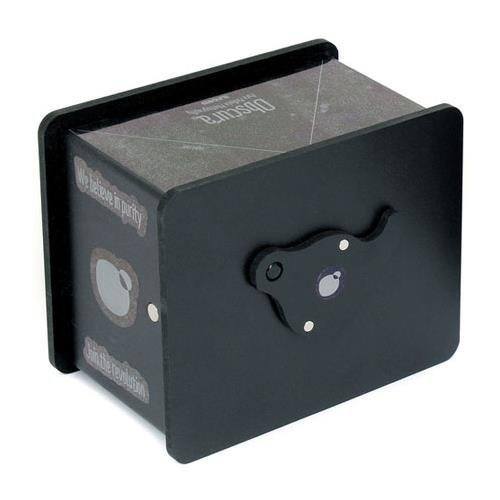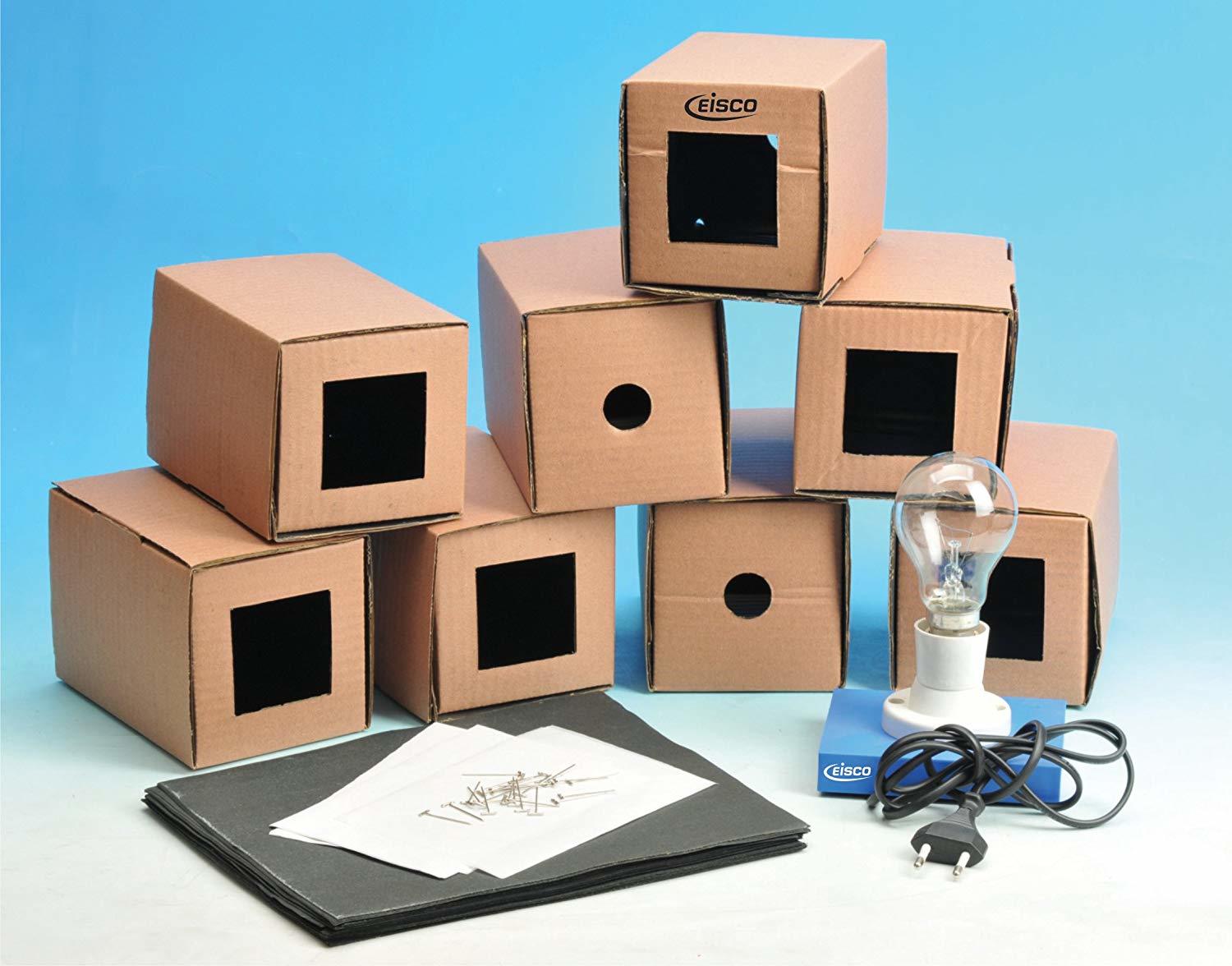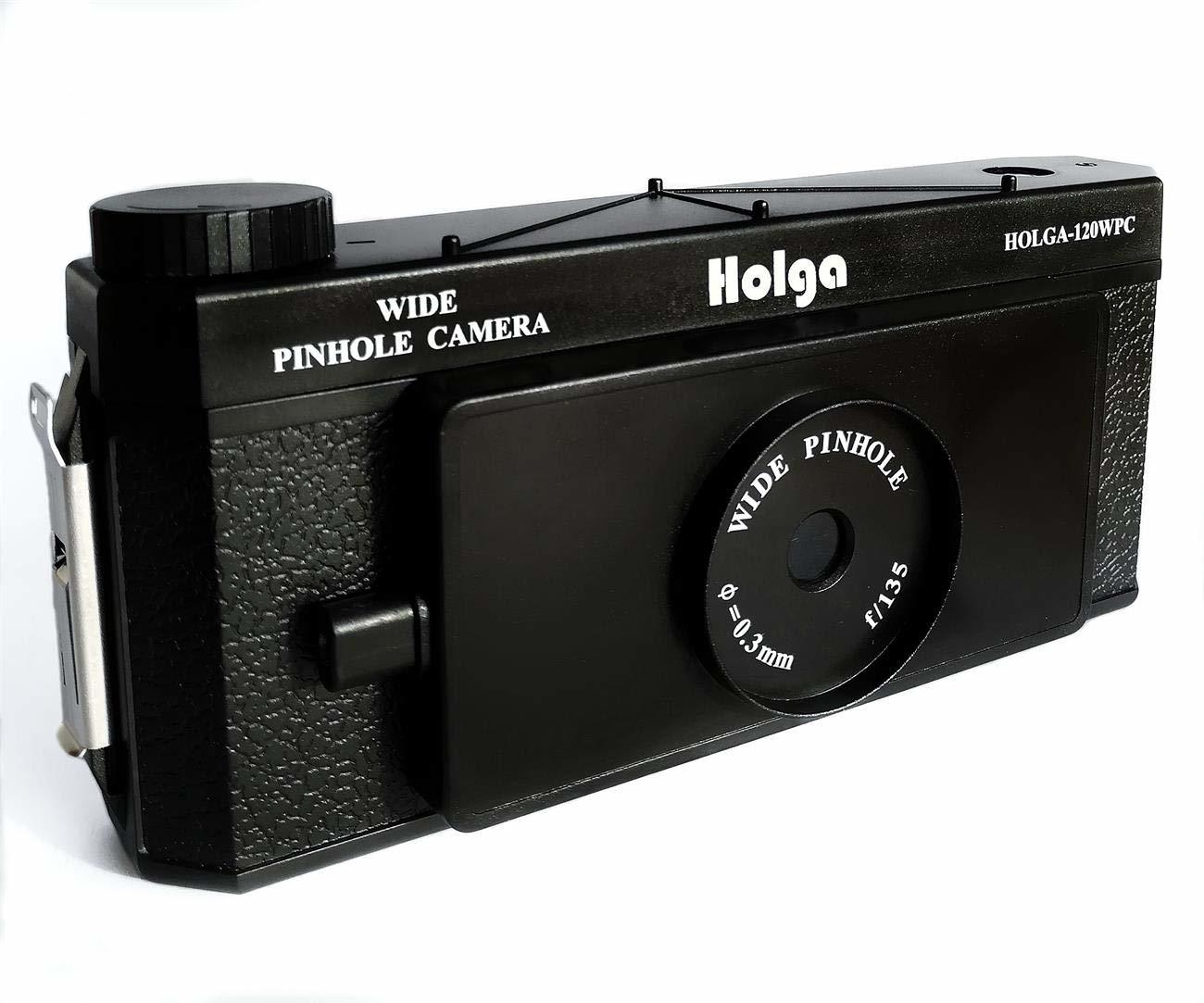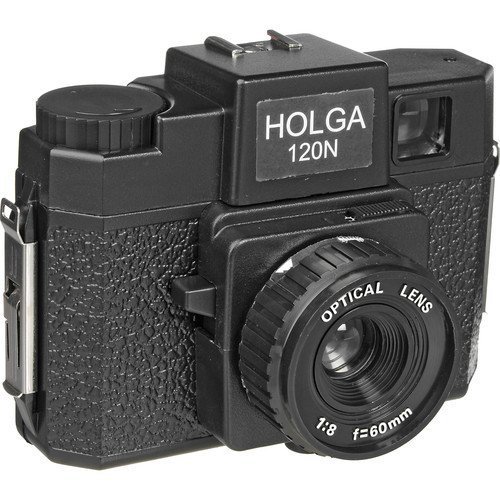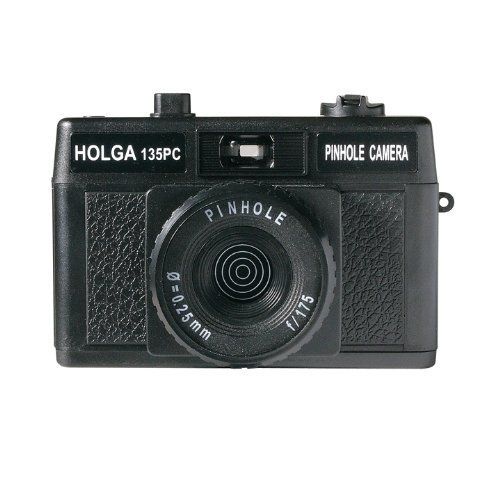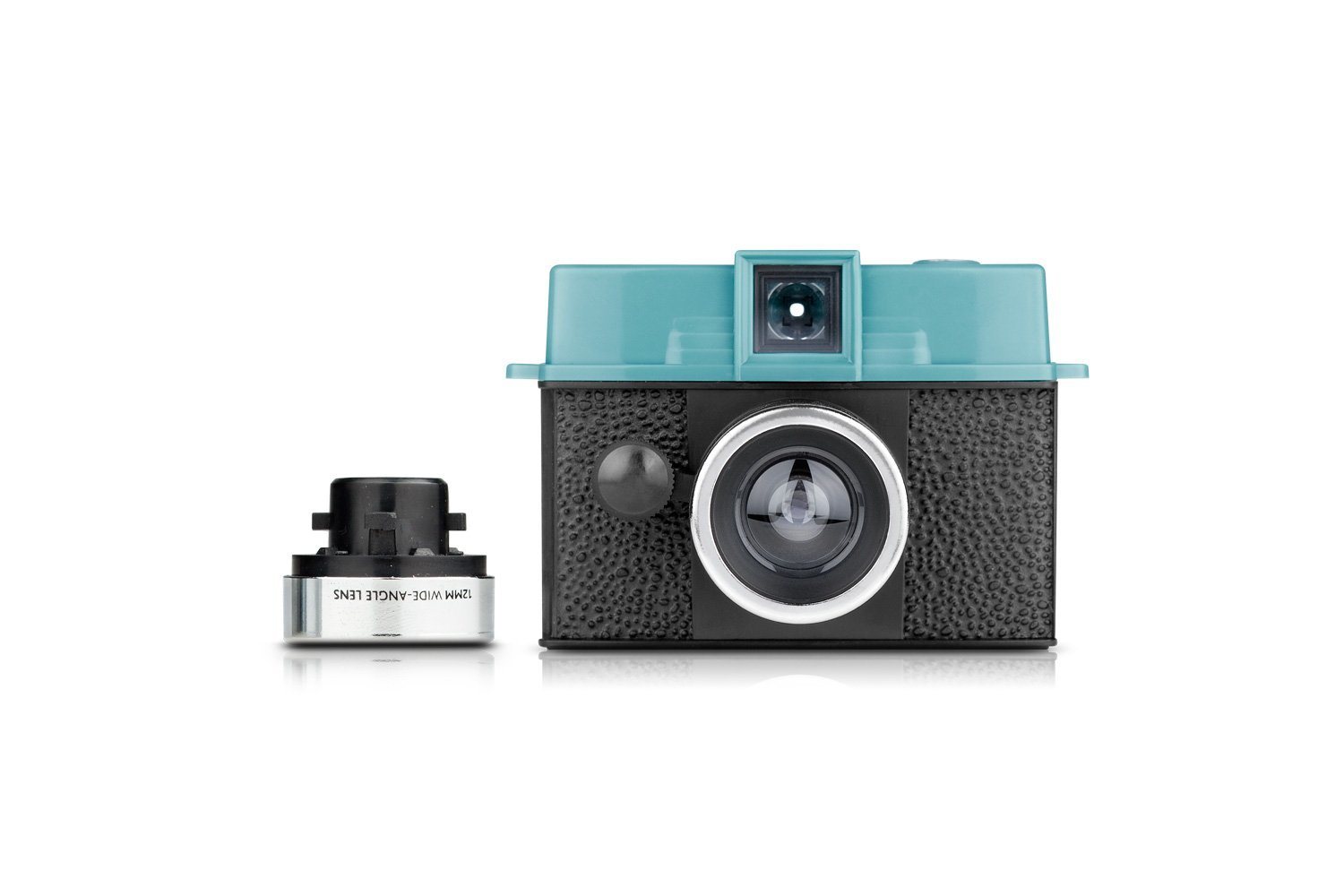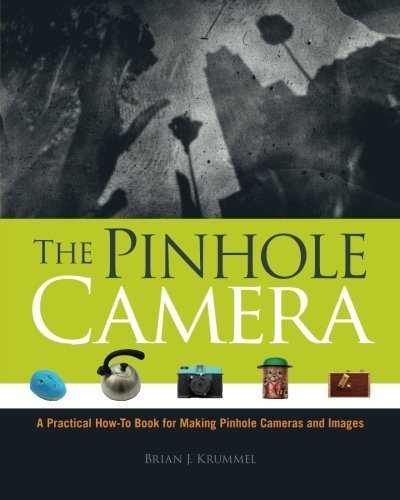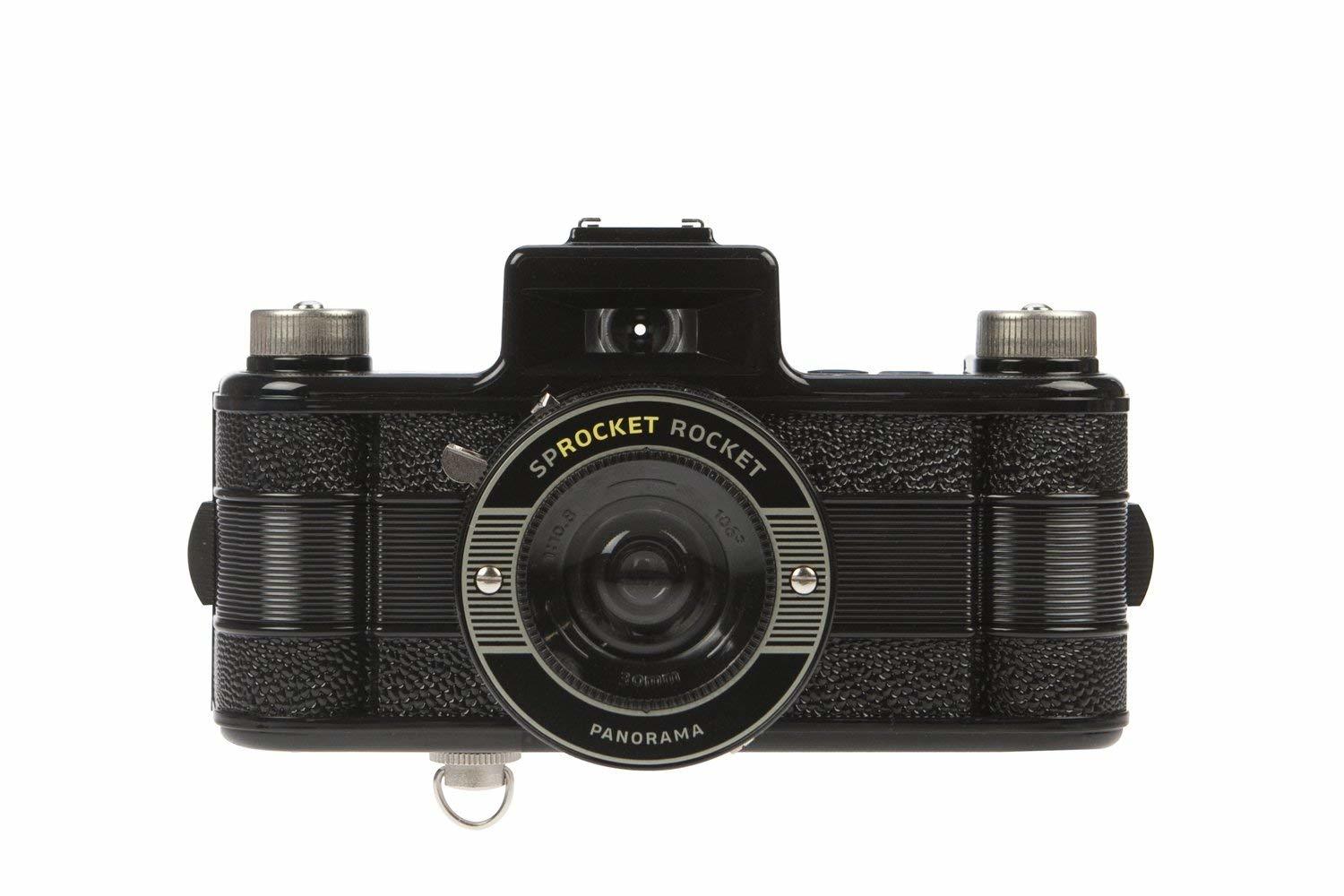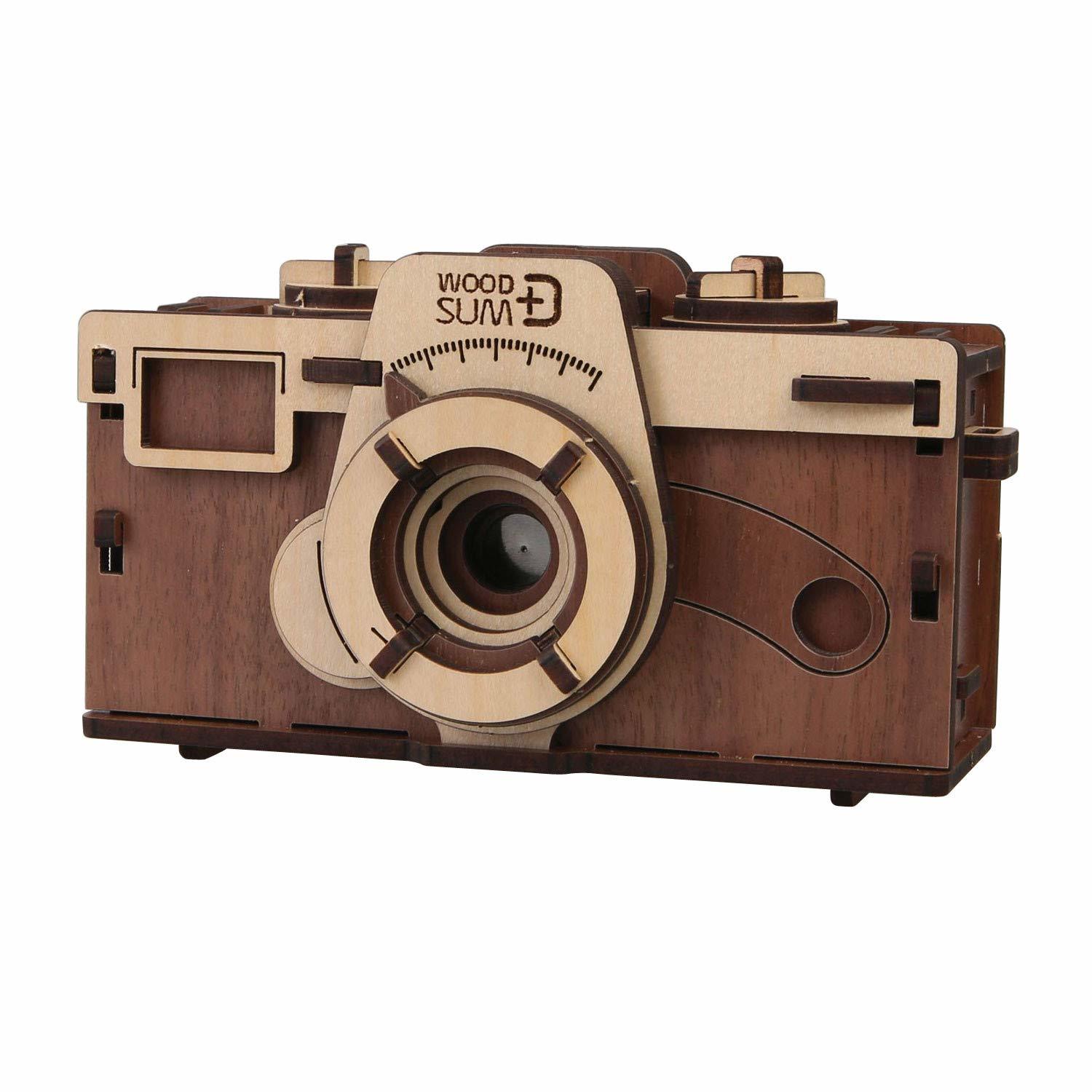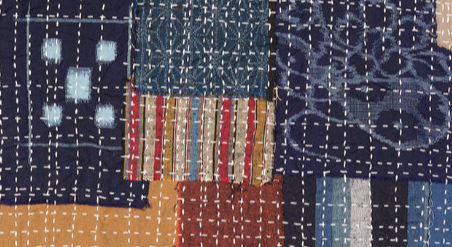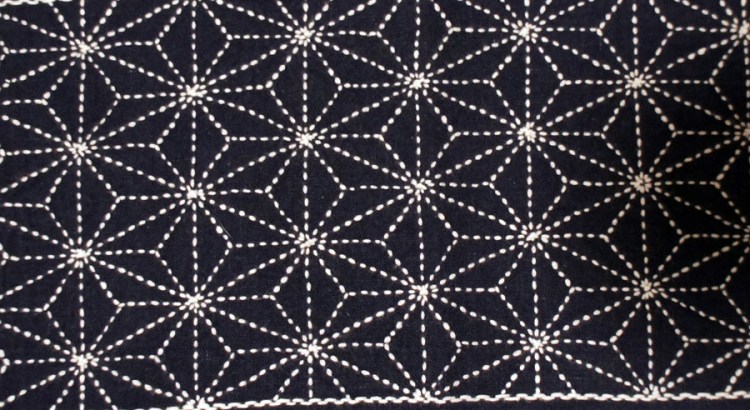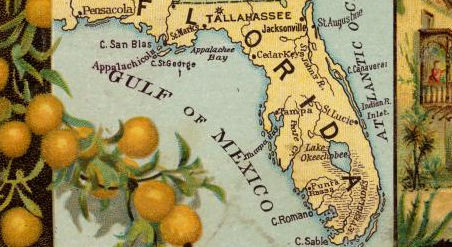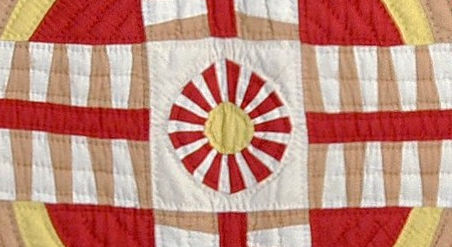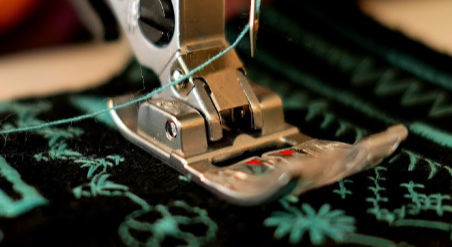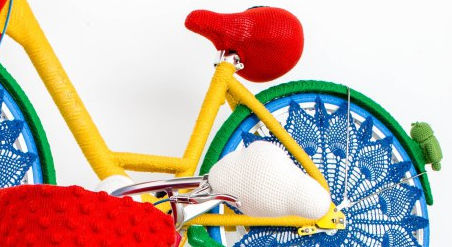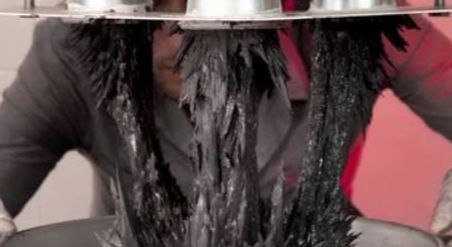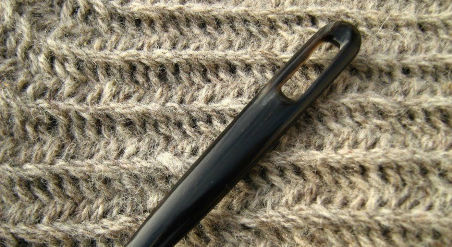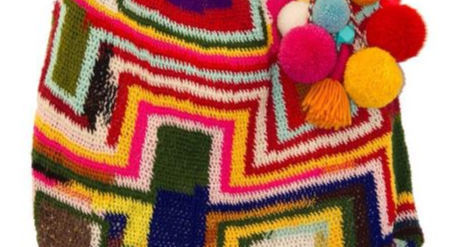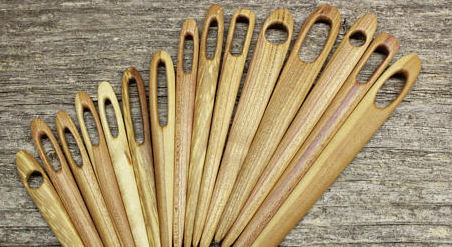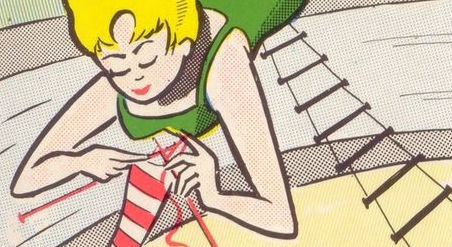How to Make a Pinhole Camera
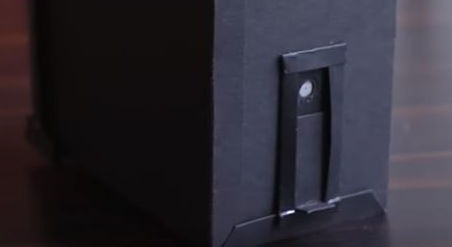
A pinhole camera is a light-proof object with a small hole which can be opened and shut manually, allowing light to pass through the interior of the object and land on either negative film, negative paper, positive paper, or slide film. An image will be captured on the film or paper, and will appear after a reactive chemical developing process.
The pinhole is simply a small opening to allow light to pass through a dark area and land on something coated with photographic emulsion. There is no refractive lens involved in taking images with a pinhole camera. The body of the camera can vary, depending on the size and shape you’d like to use.
Pinhole cameras have been made using diverse sizes and shapes: simple cardboard boxes, small matchboxes, hand crafted wooden boxes, a Campbell’s soup can, a round oatmeal container, a coffee can, and cars and vans.
Using Negative Film with Your Pinhole Camera
Film cameras use negative film, which gets chemically treated in order to develop the negative image, and then gets turned into a positive image via an enlarger, contact sheet, or a scanner and computer program (such as Photoshop or Adobe). You can use this process in taking and developing pinhole camera images.
For a clearly written guide on developing and printing images taken with negative film, check out Paul Turounet's guide Printing Photographs in the Darkroom.
Using Negative Photo Paper with Your Pinhole Camera
But there's an alternative which you might find easier - making a negative using photo paper instead of film. The two videos below deal with this easier method.
The first takes you through the steps for making a pinhole camera. The second focuses on using a paper negative, and developing the image using items you’d find in a kitchen: water, dried mint, baking soda, Vitamin C tablets, and lemon juice.
You can find further instructions and links for the developing process from The Royal Institution’s Young Scientist Centre: How to Make and Use a Pinhole Camera, using the items listed above.
Download: Camera Template
Making a Positive
You can get a positive from a negative paper image several ways:
- You can take a digital photo of your negative with your phone, and reverse the image. For detailed instructions and a video, check out PandaPix's Instructables tutorial How to Convert Film Negatives with a Digital Camera/Smartphone
- You can scan the negative image into your computer, inverting it to a positive image using Photoshop or a similar photo program, where you can also tweak the contrast, etc.
- You can make a contact print from your paper negative image, and develop the positive using chemicals, using the instructions below:
Put the paper negative on top of another, unexposed, piece of photo paper. Weigh both papers down with a piece of glass, expose them to light, and develop the positive paper.
Make sure that the light sensitive side of the unexposed paper is facing up, so it’s in direct contact with the paper negative that's been exposed. The light sensitive, or emulsion, side of the photo paper is shinier than the non-emulsion side, and feels a little sticky if your finger is damp.
Place a piece of clear glass over the 2 pieces of photo paper, and expose the paper sandwich to a 15w bulb, held about 3 feet above the paper for a few seconds.
Then, develop the print. If the image needs to be darker, make another print, exposing it to light for a longer period of time.
To develop the image using chemicals, refer to Paul Turounet's guide Printing Photographs in the Darkroom, under the subheading Print Processing Guide.
- Or, you can use a direct positive print paper (good for both pinhole cameras and photograms). [The Brooklyn Refinery is reader-supported. As an Amazon Associate I earn from qualifying purchases (at no extra cost to you).]
If you’d like to try your hand at taking photos with a pinhole camera, you’ll have to get used to working under low light conditions for loading, unloading, and developing your film (you might want to invest in a film changing bag), including cutting the paper down to the right size, and being able to tell by ‘feel’ which side should be facing the pinhole. You’ll also need to learn how long your pinhole should remain ‘open’ under different sunlight conditions.
Ilford states that all of their black and white photo papers are suitable for pinhole photography. For more, explore Ilford’s Pinhole Photography FAQs. Also useful is Ilford's Pinhole Camera Exposure Calculator.
· Don't miss: Mechanized Flip Books.
Ilford 1174025 Pinhole Camera for 4 x 5 film or photo paper. | Eisco PH0607 Pinhole Camera Demonstration Kit. | Holga 120 WPC Panoramic Pin Hole Super Wide Format Film Lomography Camera. |
Holga 120N Plastic Camera. | Holga 168120 135Pc 35mm Pinhole Camera. | Lomography hp620 Diana Baby 110 Camera | with square and wide angle lenses. |
The Pinhole Camera: A Practical How-To Book for Making Pinhole Cameras and Images by Brian J. Krummel. | Lomography Sprocket Rocket 915 35 mm wide angle camera. | What on Earth DIY Working Wood Pinhole Camera. (Simple to assemble.) |
POPULAR POSTS
Follow a tutorial for making a patchworked bag with Sashiko topstitching. | Follow tutorials for how to create traditional Japanese embroidery stitching. | Explore a library's digitized vintage maps, which you can download for free. | Learn from a museum textile curator how to best care for your quilts. |
Learn to make a basket weave pattern quilt from scraps of fabric. | Sisters Lorna and Jill Watt create amazing yarn bomb installations . | Ceramic artists create fantastical structures using magnetic clay. | Learn about a Viking fabric-making technique which pre-dates knitting. |
Follow a tutorial for making a bilum bag - PNG's traditional fabric. | Learn to make a pinhole camera; develop paper film with common items. | Learn about a stretchy fabric made with connected loops. | Free digitized knitting magazines 1800 - now. |
